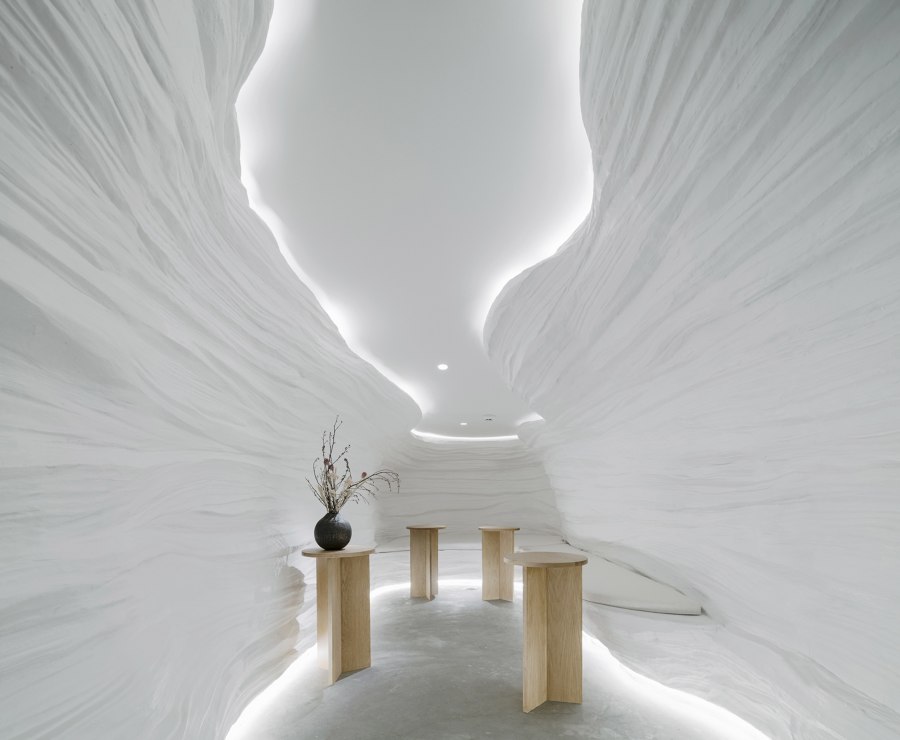Ksana is a brand of matcha green tea imported from Uji City, Kyoto Prefecture. The word “Ksana comes from Sanskrit, meaning a small period of time. or balance. It is the root of the word “ขณะ” (ka-na) or “moment” in Thai, and in the root of the Japanese word “刹那” (setsuna) means time.
After tasting the brand's high-quality Matcha, we decided to create a brand story that captures the moment, a moment that seems to have escaped from the chaos to be able to experience the taste and the unique scent of Matcha. This kind of experience will make us feel relaxed and reach true peace and balance at last. We started with the logo design and the brand's packaging. In connection with the two dimensions: time and place, we, therefore, chose a “SUNDIAL”, an object that can represent both time and place, including the shadow, an effect that changes over time as a design concept for the logo
As for the packaging, we use images of nature that not only convey the taste of the tea but also reflect the dimensions of the place where the tea taste can lead the drinker away from the chaos. Regarding the interior design of the atmosphere, the brand imagery will not appear in color nor shape, or any material, but it aimed to create a memory of a deeper sense than that. The Surreal-minimalist atmosphere benefits the chaotic state escaping. in different ways that depend on the environment of the construction site context.
As for the flagship store, the first branch, there is a space under the stairs in the public area which is next to the public plaza, the front part of the project before entering the OCC, a large office building in the heart of Bangkok. In front of OCC is a large water feature that reflects the tall buildings around to look like a concrete mountain surrounding this area. Therefore, we designed the teahouse to be a place where you are escaping from the city to drink tea in the gorge or cave.
Inside the teahouse, which is under the stairs, is a low slope of the site, thus, we take this advantage as an inner cave space for those who want more privacy. To access the teahouse, we have to pass through a double glass door. The first section is for a takeaway and delivery pick-up area to reduce noise and chaos, and the second section is the sit &drink area. The cave walls are made of fiberglass, molded with CNC foam, then molded, scraped, and decorated by hands of sculpture from Art of Tea, alongside oak-colored tables and countertops that will accentuate the black stone teacups and dessert plates, and additional speakers decorated with artificial flowers by Japanese flower artist named Ganon florist.
Design Team:
Lead Architects: Juti Klipbua





















